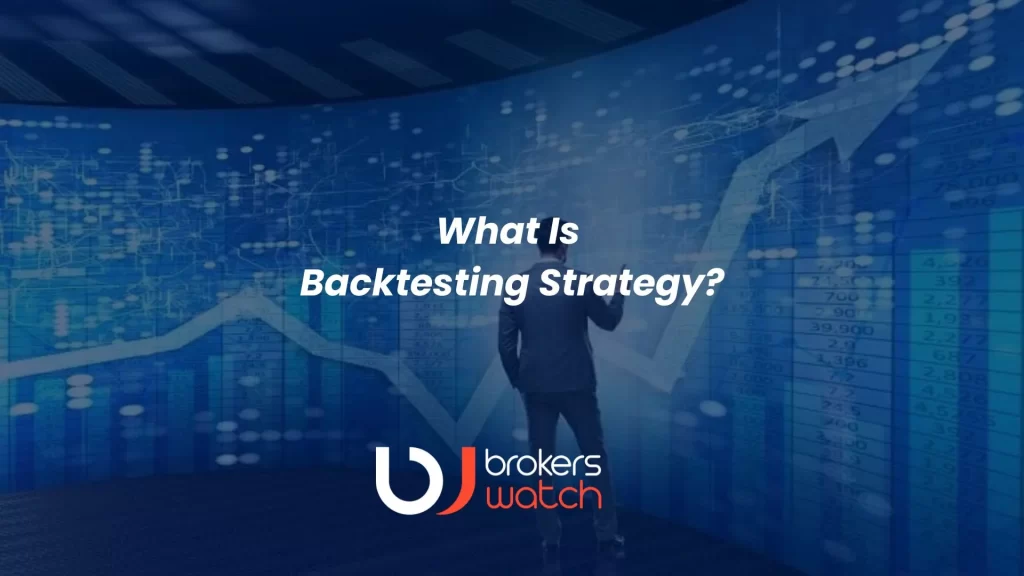What Is Backtesting Trading Strategy?

What Is Backtesting Strategy?
The process of evaluating a trading strategy using historical data to assess its potential profitability and identify any weaknesses is known as backtesting. It helps traders to refine their strategy by making adjustments and identifying potential flaws. However, it is important to keep in mind that past performance does not always indicate future results and backtesting has its own limitations such as survivorship bias and not accounting for transaction costs. Despite these limitations, backtesting is a crucial tool for traders in developing and evaluating a strategy.
To backtest a trading strategy, traders will typically use a program or software that allows them to apply their strategy to historical market data. This can be done by inputting the specific rules and conditions of the strategy into the software, which will then automatically execute trades based on those rules and conditions on the historical data.
Once the backtesting is complete, traders can analyze the results to determine the strategy’s overall performance. This can include metrics such as net profit, maximum drawdown, and the number of winning trades.
Traders should be aware that backtesting can have limitations. One limitation is that past performance does not necessarily indicate future performance. Additionally, backtesting can be affected by survivorship bias, which occurs when the historical data used for testing includes only the stocks that have survived and not those that have gone bankrupt.
Another limitation of backtesting is that it does not account for the impact of transaction costs and slippage. These are the costs associated with buying and selling assets, such as trading commissions and the difference between the bid and ask prices.
Despite these limitations, backtesting can be an important tool for traders to use when developing and evaluating a trading strategy. It can help traders identify potential weaknesses in their strategy and make adjustments as needed. However, it is important to remember that backtesting is only one part of the strategy development process and should be used in conjunction with other tools and analysis.
Pros of Backtesting Strategy
– Identify potential profitability: Backtesting allows traders to see how a strategy would have performed in the past and can provide an indication of its potential profitability.
– Identify flaws and limitations: Backtesting can reveal any weaknesses or limitations in a strategy, allowing traders to make adjustments or avoid potential losses.
– Better risk management: Backtesting can help traders to understand the level of risk associated with a strategy and make adjustments to manage that risk.
– Help to understand market behavior: By backtesting different time periods or market conditions, traders can gain a better understanding of how the market behaves and how a strategy may perform in different conditions.
– Improves decision making: Backtesting helps traders make better informed decisions by providing historical data and help to identify patterns and trends.
– Increases confidence: By testing a strategy on historical data, traders can gain confidence in their strategy and feel more comfortable implementing it in live trading.
– Cost-effective: Backtesting is a relatively low-cost way to evaluate a strategy and can save traders money by avoiding costly mistakes in live trading.
Cons of Backtesting Strategy
– Past performance does not guarantee future results: Backtesting is based on historical data, which may not necessarily reflect future market conditions.
– Survivorship bias: Backtesting can be affected by survivorship bias, which occurs when the historical data used for testing includes only the stocks that have survived and not those that have gone bankrupt.
– Not accounting for transaction costs and slippage: Backtesting does not take into account the impact of transaction costs and slippage, which are the costs associated with buying and selling assets, such as trading commissions and the difference between the bid and ask prices.
– Overfitting: Backtesting can lead to overfitting, a situation in which a strategy is tailored to the historical data used for testing and may not perform well when applied to new data.
– Limited data availability: Backtesting can be limited by the availability of historical data, particularly for newer or less liquid markets or assets.
– Limited market conditions: Backtesting can be limited by the number of market conditions that are tested and the historical data.
– Limited to one scenario: Backtesting can be limited by the assumptions and parameters that are used, which can result in a single scenario and may not be generalizable to other scenarios.
– It can be time-consuming and require technical skills: Backtesting can be time-consuming and require technical skills to set up and execute.
Conclusion
Backtesting plays a crucial role in the development of a trading system. When done correctly, it can aid traders in refining their strategies, identifying any technical or theoretical issues, and building confidence in the strategy before implementing it in live markets.


